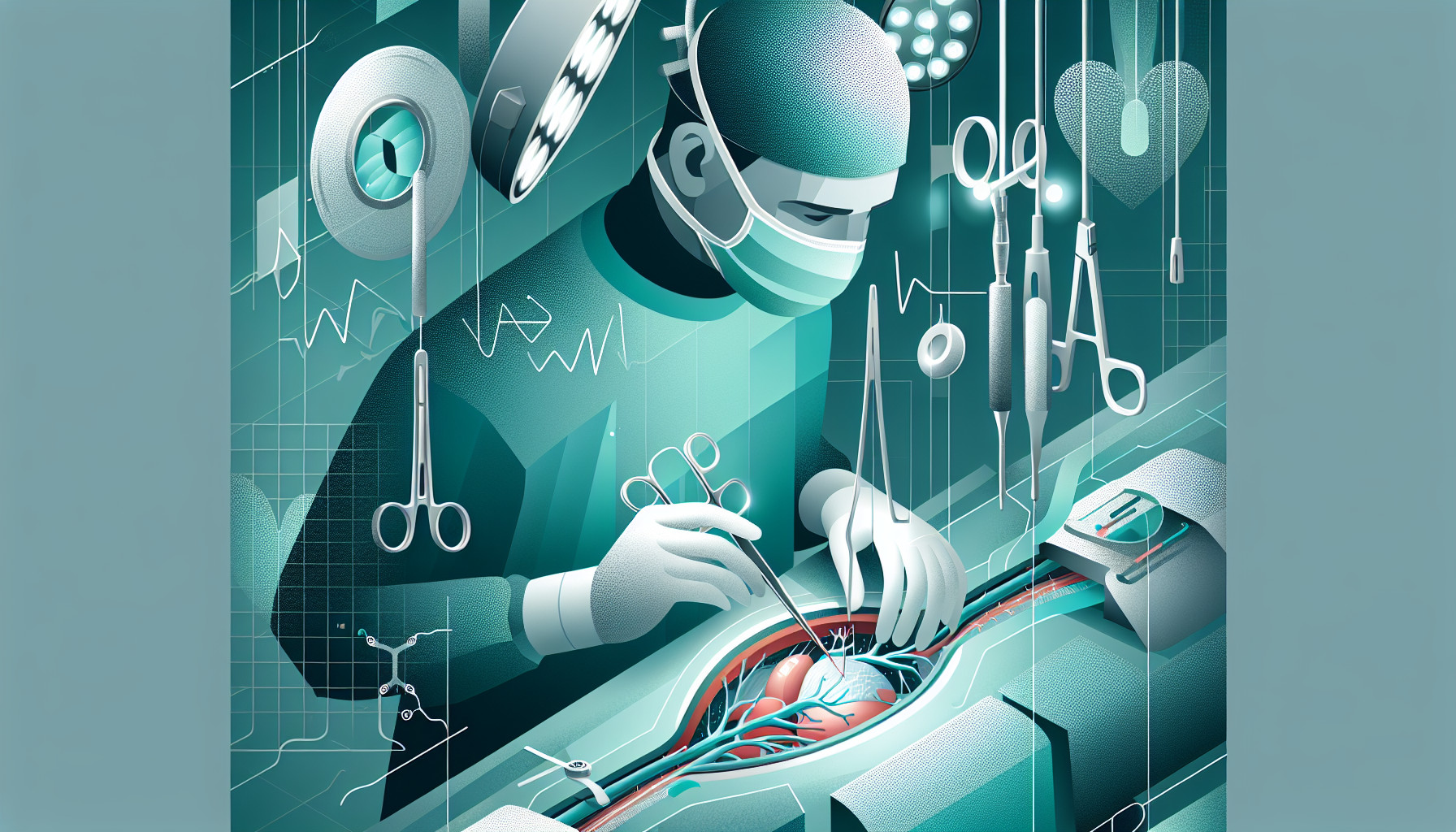Our Summary
This research paper is an updated version of a previous article about the creation of arteriovenous fistulas by kidney specialists. Arteriovenous fistulas are connections made between an artery and a vein, often used for dialysis treatment in people with kidney disease. The authors initially aimed to understand how successful these procedures were and what factors contributed to their success. This updated version is based on more recent studies, and seeks to further clarify the role of kidney specialists in the global care of dialysis patients.
FAQs
- What is the purpose of creating arteriovenous fistulas in kidney patients?
- What was the initial aim of the research on arteriovenous fistulas creation?
- How does the updated version of the research paper differ from the previous one?
Doctor’s Tip
One helpful tip a doctor might tell a patient about AV fistula creation is to ensure proper care and maintenance of the fistula to prevent any complications. This includes keeping the area clean, avoiding activities that may put pressure on the fistula, and regularly checking for signs of infection or blockages. It is important to follow the doctor’s instructions and attend regular check-ups to monitor the health of the fistula and ensure its longevity.
Suitable For
Patients who are recommended AV fistula creation typically include those with end-stage renal disease who require long-term hemodialysis treatment. These patients may have inadequate veins for dialysis access, leading to complications such as infection, thrombosis, and poor blood flow. AV fistula creation is recommended for these patients as it provides a reliable and efficient access for hemodialysis treatments, reducing the risk of complications and improving the overall quality of care. It is important for kidney specialists to assess the patient’s medical history, vascular health, and suitability for the procedure before recommending AV fistula creation.
Timeline
Before AV fistula creation:
- Patient is diagnosed with kidney disease and starts undergoing regular dialysis treatment.
- Patient consults with a kidney specialist who recommends the creation of an AV fistula for better access during dialysis.
- Patient undergoes pre-operative tests and evaluations to determine if they are a suitable candidate for the procedure.
- Surgery is scheduled for the creation of the AV fistula.
After AV fistula creation:
- Patient undergoes the surgical procedure to create the AV fistula, typically done under local anesthesia.
- Patient is monitored for any complications or issues post-surgery.
- Once the AV fistula has healed and matured, it is ready for use during dialysis sessions.
- Patient experiences improved dialysis efficiency and reduced complications compared to other forms of access.
- Patient continues regular follow-up appointments with the kidney specialist to monitor the health and function of the AV fistula.
- Patient may require additional interventions or maintenance procedures over time to ensure the longevity and effectiveness of the AV fistula.
What to Ask Your Doctor
- What are the benefits of having an AV fistula created for dialysis treatment?
- What are the potential risks or complications associated with AV fistula creation?
- How long does it typically take for an AV fistula to mature and be ready for use?
- What can I do to help ensure the success of my AV fistula?
- How often will I need to have my AV fistula checked or monitored?
- Are there any lifestyle changes I should make after having an AV fistula created?
- What should I do if I experience any pain or discomfort at the site of my AV fistula?
- How long can I expect my AV fistula to last before needing a new one?
- What are the alternatives to AV fistula creation for dialysis treatment?
- Will I need to follow up with a kidney specialist after having an AV fistula created?
Reference
Authors: Mishler R, Yang Z, Mishler E. Journal: Adv Chronic Kidney Dis. 2015 Nov;22(6):425-30. doi: 10.1053/j.ackd.2015.08.006. PMID: 26524946
